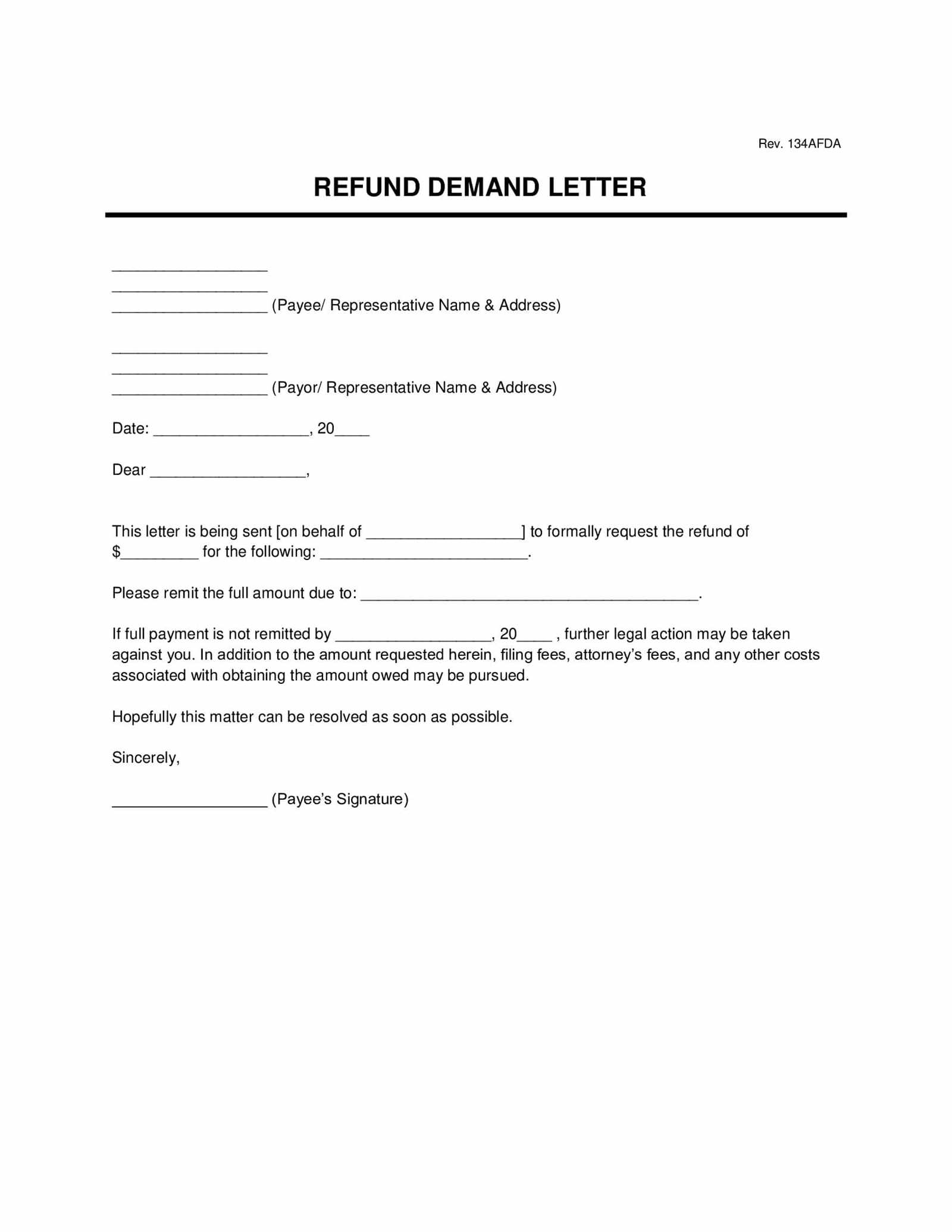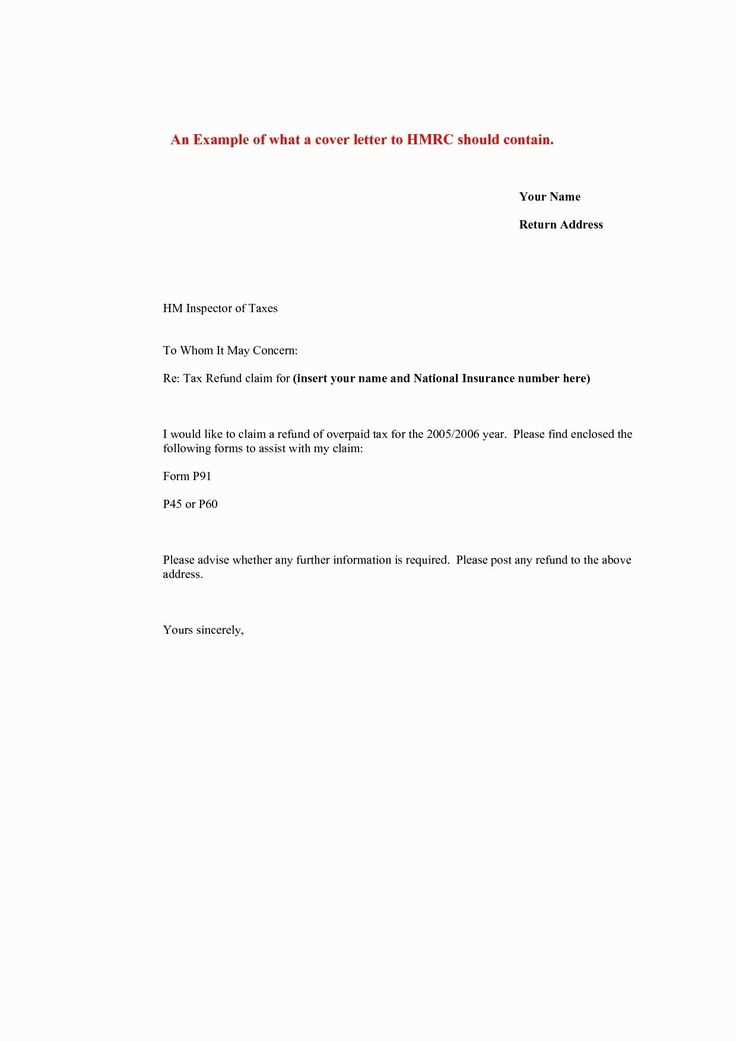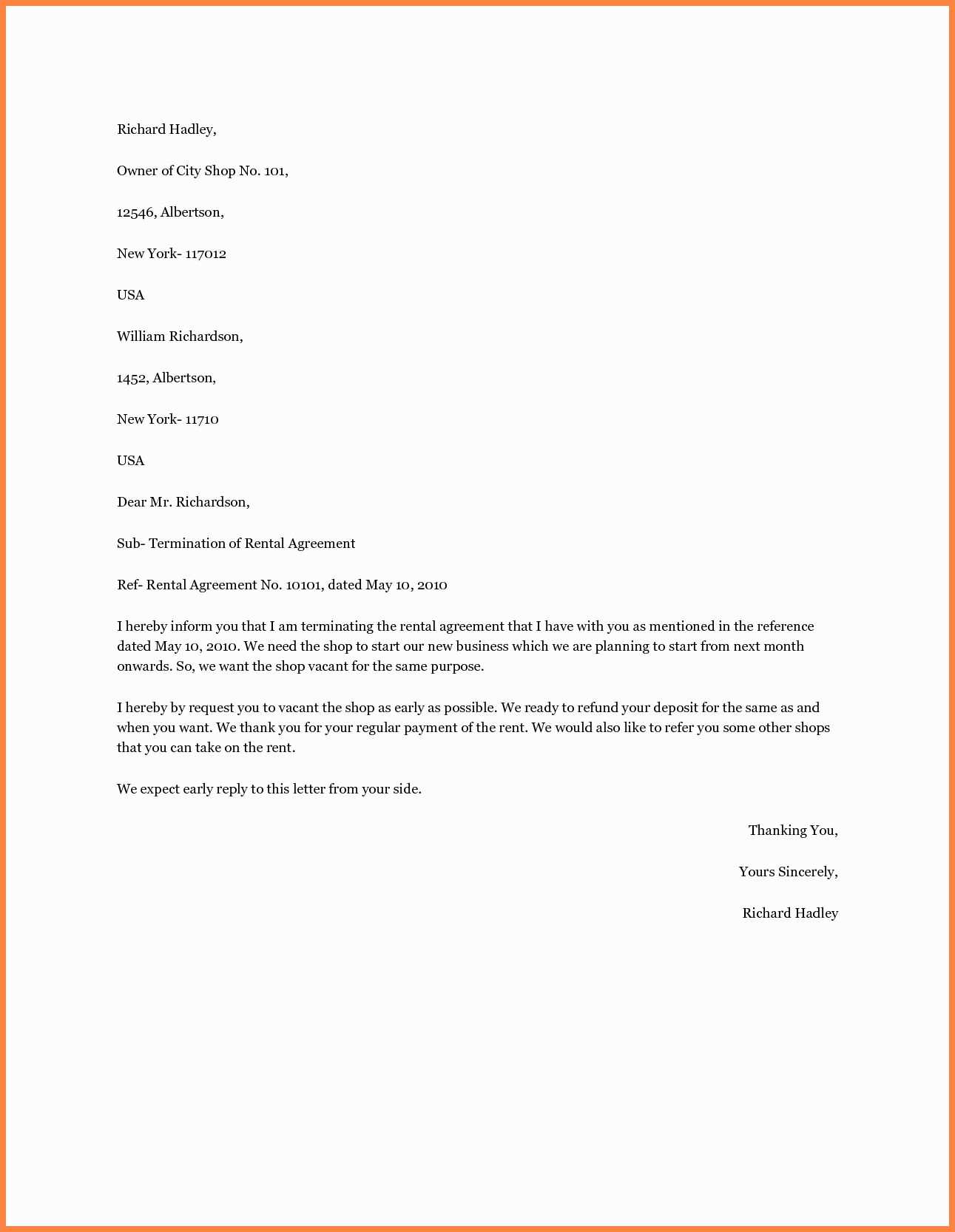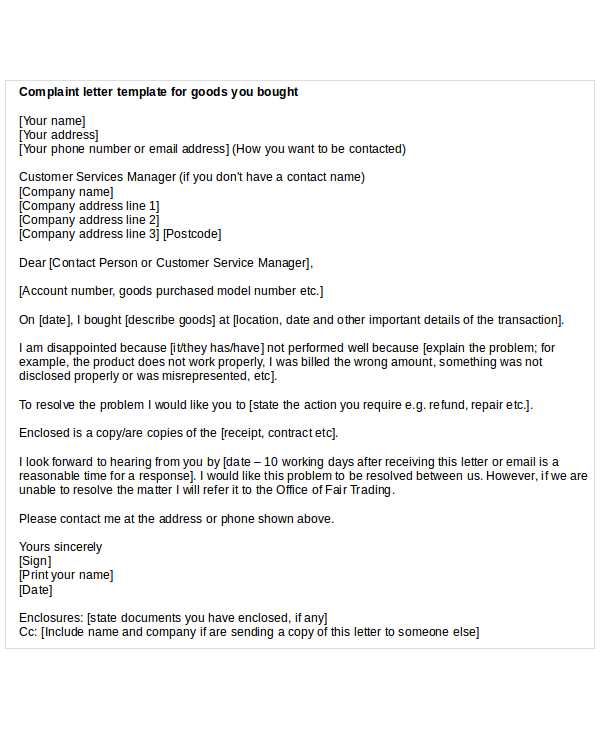How to Write a Refund Template Letter

When dealing with a purchase or service that did not meet expectations, it is important to have a clear and structured way of formally requesting a return of funds. A well-crafted request can help facilitate a smoother process and increase the chances of a successful outcome. Understanding the essential components of such a document is the first step towards achieving a resolution.
Crafting an effective request requires careful attention to detail, ensuring that all necessary information is included to support the case. By being clear, polite, and concise, the individual can avoid common pitfalls that might hinder the process. With the right approach, resolving issues with purchases becomes more straightforward and less stressful.
How to Structure a Formal Request
When seeking the return of money for a purchase or service, presenting a clear and professional request is essential. A well-organized document ensures that the recipient understands the issue at hand and can process the request efficiently. The key is to include all relevant details in a concise yet effective manner, making it easy for the reader to respond favorably.
Essential Elements to Include

To create a convincing request, start by outlining the main facts: the product or service in question, the reason for dissatisfaction, and the specific amount being requested. Providing evidence, such as receipts or communications, can strengthen the case. Additionally, maintaining a polite and respectful tone is important to avoid misunderstandings and increase the likelihood of a positive outcome.
Personalizing Your Request
While many may use a general format, personalizing your message is crucial for making it stand out. Tailoring the language and approach to suit the particular situation can demonstrate attentiveness and seriousness. Be sure to reference any previous discussions or correspondence to show that the issue has been handled professionally.
Reasons for Requesting a Refund
There are several situations where a formal request for a reimbursement becomes necessary. Whether due to dissatisfaction with a product or an issue with the service received, understanding the reasons behind such requests is crucial for approaching the situation effectively.
- Incorrect or Damaged Goods: Receiving items that are defective, damaged, or not as described can lead to the need for a reimbursement. In these cases, it’s important to clearly specify the issues and provide supporting evidence.
- Failure to Meet Expectations: If a product or service fails to meet the expected standards, a request for compensation is often the best course of action. This can include situations where quality or functionality is lacking.
- Order Errors: Mistakes such as wrong items being shipped or incorrect services being provided can create frustration and the need for a financial resolution.
- Late Delivery: When products or services arrive later than expected, it may result in an inconvenience, justifying a claim for reimbursement for the delay.
- Unwanted Subscriptions: Unintentional subscriptions or charges for services not used or authorized may lead to the need for an official reimbursement request.
Essential Details to Include
When submitting a formal request for the return of funds, it’s important to provide all the necessary information that will allow the recipient to process the claim smoothly. Clearly outlining key facts ensures there are no misunderstandings, and your request can be addressed promptly.
- Personal Information: Include your full name, contact details, and any relevant account or order number. This helps identify you and links your request to the correct transaction.
- Product or Service Details: Clearly describe the item or service involved, including the model, version, or specific service dates. This helps avoid confusion and verifies the claim’s legitimacy.
- Reason for Request: Specify the issue, whether it’s related to product quality, delivery problems, or other concerns. Be concise but detailed enough to explain why the claim is being made.
- Supporting Documents: Attach any receipts, invoices, or proof of purchase that validates your request. These documents act as evidence to back up your claim.
- Desired Outcome: Clearly state the compensation you are seeking, whether it’s a full reimbursement, partial refund, or exchange. This directs the recipient on how to proceed with your case.
Personalizing Your Refund Request
Customizing your request is an important step in ensuring that it is not only professional but also addresses your specific situation. A personalized approach shows that you’ve taken the time to craft a meaningful and tailored message, which can increase the likelihood of a positive outcome. By adjusting the tone and content to fit your circumstances, you make it easier for the recipient to understand your concerns and act accordingly.
- Use a Professional Tone: While it’s important to remain polite and respectful, ensure that your message conveys the seriousness of the issue at hand. A well-balanced tone can create a more favorable environment for resolution.
- Include Relevant Details: Reference specific conversations, agreements, or past interactions to demonstrate that you are not submitting a generic request. This helps establish context and validates the reason for your claim.
- Be Concise and Clear: Focus on the key details and avoid unnecessary information. This helps to keep the message focused and ensures the recipient understands your main points quickly.
- Tailor the Request to the Situation: Adjust your wording to reflect the unique aspects of your case. For instance, if you experienced a delay or received an incorrect item, mention it specifically to make your request more relevant and accurate.
Avoiding Common Mistakes in Requests
When making a formal request for reimbursement, it’s essential to avoid certain errors that can hinder the process or lead to misunderstandings. Taking the time to be thorough and precise ensures your request is taken seriously and processed efficiently. Here are some frequent mistakes to avoid and tips for making sure your claim is clear and effective.
| Common Mistake | How to Avoid It |
|---|---|
| Lack of Clear Information | Always include essential details such as your contact information, product or service description, and order number to ensure clarity. |
| Excessive or Irrelevant Details | Stick to the facts and avoid lengthy explanations that do not contribute to your request. Keep your message concise and focused on the issue. |
| Being Too Abrupt or Aggressive | Maintain a polite and professional tone throughout. Express your concerns calmly without sounding confrontational or demanding. |
| Failure to Provide Supporting Evidence | Always attach relevant documents such as receipts, invoices, or communication records to substantiate your claim. |
| Missed Deadlines | Make sure you are submitting your request within the appropriate timeframe to avoid delays or the possibility of it being rejected. |
Best Time to Submit a Refund
Knowing the right moment to submit your reimbursement request can significantly influence the outcome. Timing plays a crucial role in ensuring that your claim is processed smoothly and within the appropriate guidelines. Submitting a request too early or too late can sometimes result in delays or rejection. Understanding the ideal time helps you increase the chances of a favorable response.
Understanding Deadlines
Most businesses and service providers have specific timeframes within which they accept claims. Make sure you are aware of these periods and submit your request accordingly. Often, delays in submission may result in the inability to process your claim, so be sure to act promptly.
After Initial Communication

If you’ve already communicated your issue or concern, ensure that you allow enough time for a resolution before submitting your formal request. Waiting for an official response or attempting to resolve the matter through customer service can often provide clarity on whether you need to escalate the issue.
Strategies for Achieving a Successful Outcome

Securing a positive result from your reimbursement claim requires more than just submitting the necessary documents. The approach you take plays a significant role in whether your request is accepted or rejected. By being strategic and thoughtful in how you present your case, you can greatly increase your chances of a favorable decision.
Maintain Professionalism

Always communicate in a respectful and professional manner, even if you’re dissatisfied with the situation. A polite and well-structured request is more likely to be taken seriously. Avoid using an aggressive tone or placing blame, as this could hinder the process.
Be Detailed but Concise
Provide all the required information, including relevant dates, product details, and any supporting evidence. However, avoid overwhelming the recipient with unnecessary information. A clear, concise request helps ensure that all your points are considered without confusion.